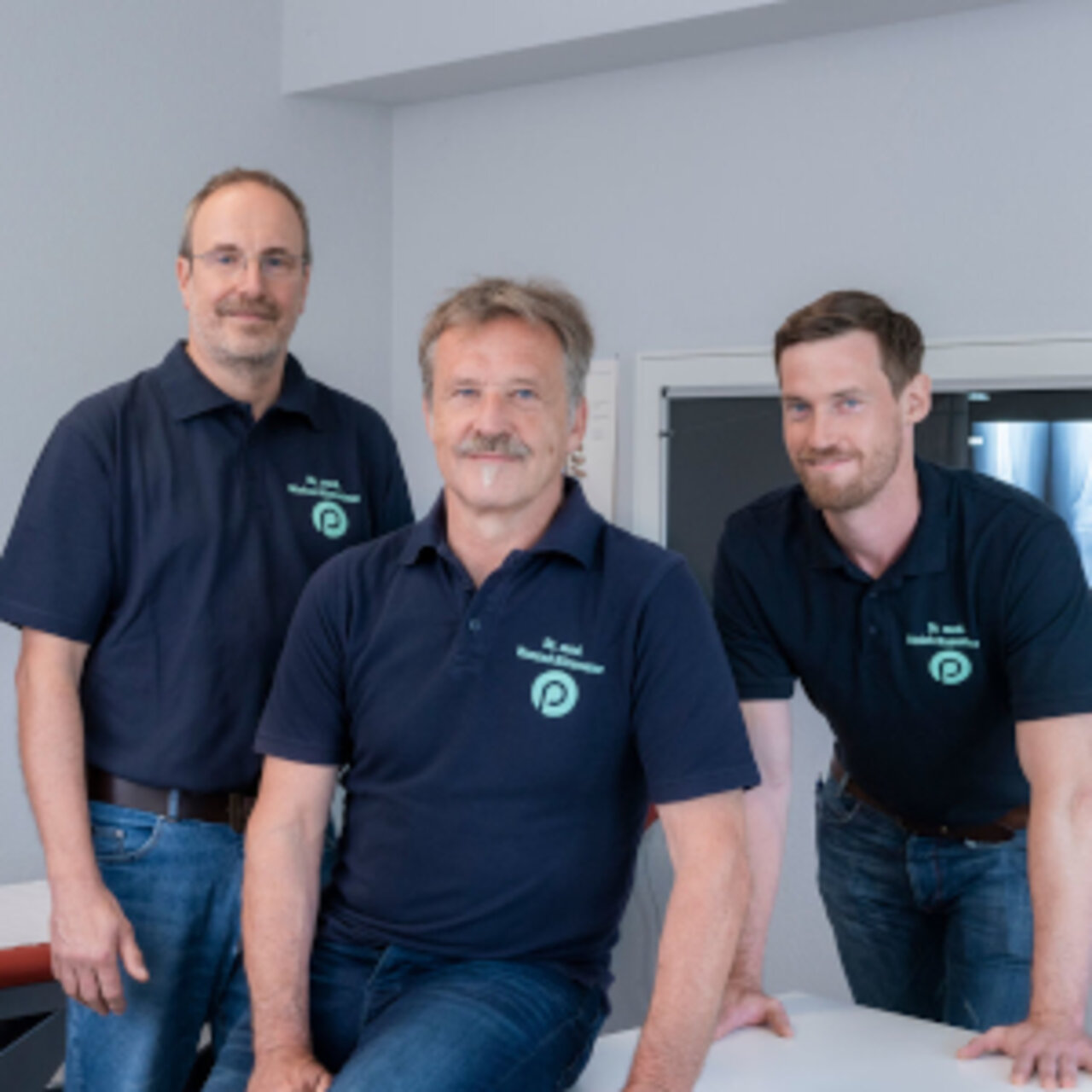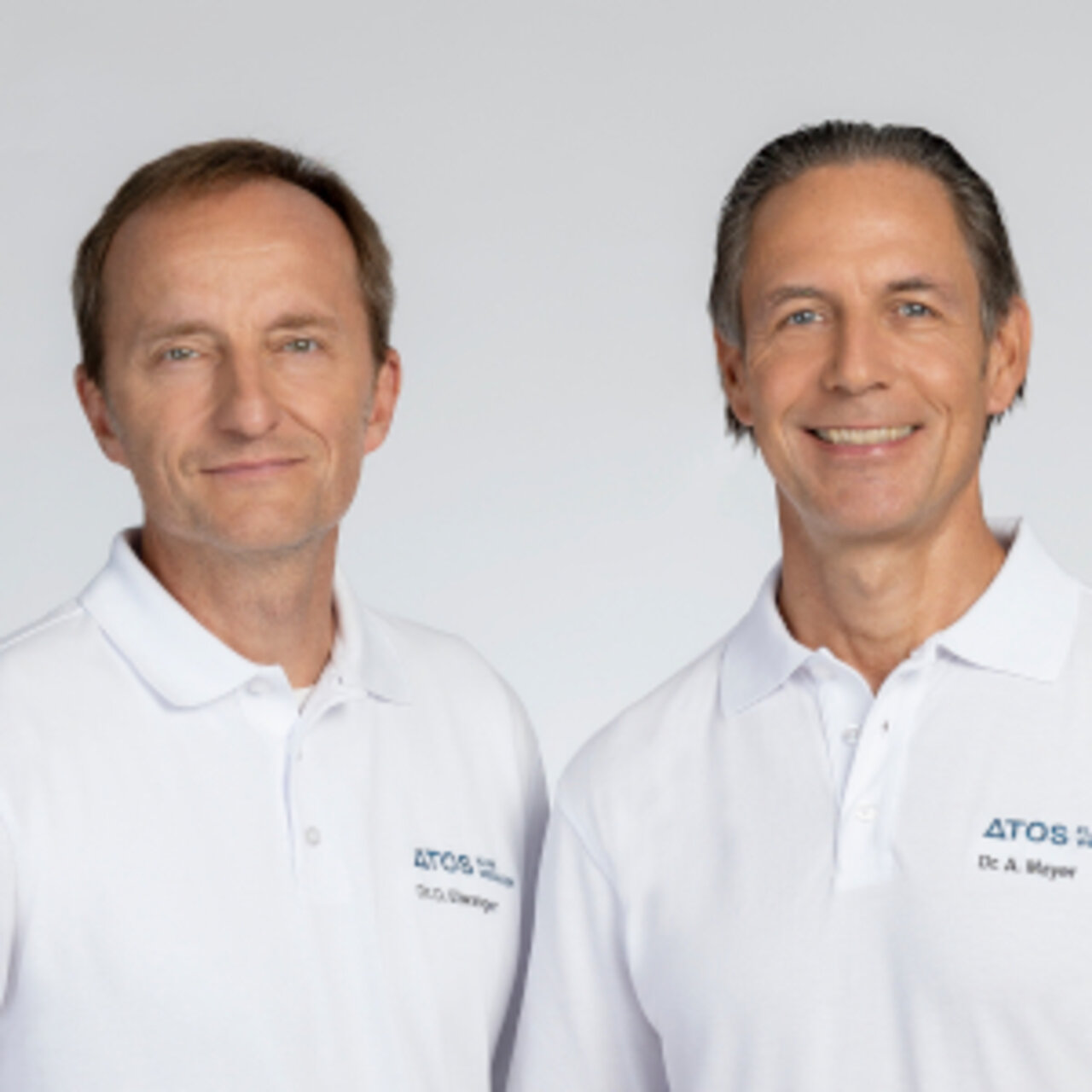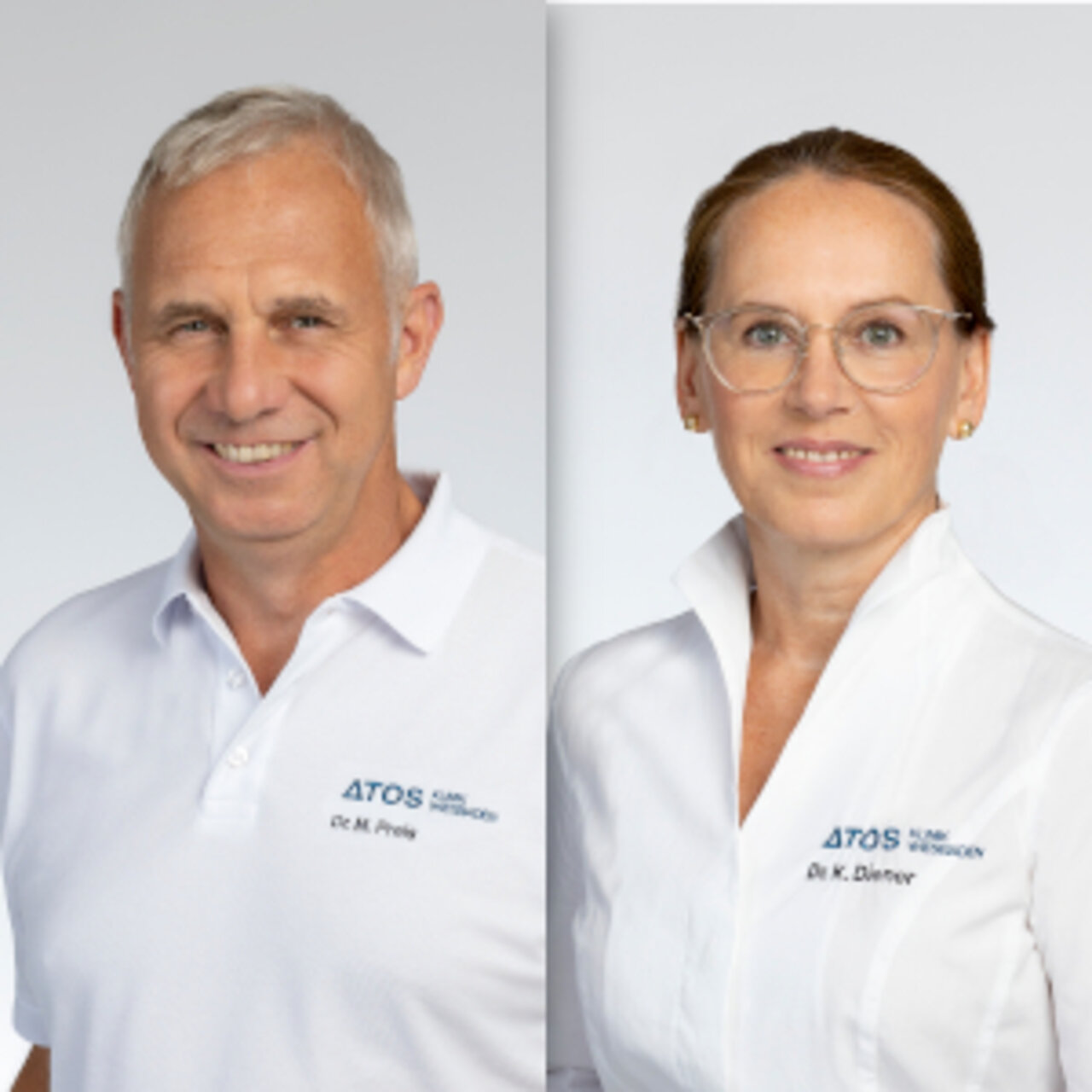Specialists in Knee Arthroscopy
15 Specialists found
Information About the Field of Knee Arthroscopy
What is a knee arthroscopy?
A knee arthroscopy, also knee joint endoscopy, is an examination of the knee joint using a probe equipped with a camera and a light. During arthroscopy the cartilage, bones, ligaments and surrounding soft tissues can be visualized. Moreover, many therapeutic knee surgeries can nowadays be performed arthroscopically.
During the procedure, the arthroscope, a thin probe with a camera, is inserted into the knee joint. The arthroscope’s suction and irrigation systems provide better visualization. In the case of any damage, they can often be treated directly during the procedure using additional instruments that are inserted through separate small incisions. Knee arthroscopy is particularly useful in various traumatic injuries such as tendon tears, meniscal tears, cruciate ligament ruptures, and osteoarthritis.
When is knee arthroscopy indicated?
Generally, knee arthroscopy is performed for diagnostic and therapeutic purposes in degenerative diseases and injuries. The following findings can also be indications for an arthroscopy:
- Knee osteoarthritis
- Synovitis
- Cruciate ligament ruptures
- Meniscal damages
- Scare tissue following trauma
- Loose bodies and cartilage lesions
If a there is a medical indication for a knee arthroscopy, the costs of the procedure are generally covered by both statutory and private health insurances. The costs can vary depending on the extent of the surgery, the type of anesthesia, and duration of hospital stay.
What preparations are done before knee arthroscopy?
Before a knee arthroscopy is performed, a comprehensive medical history is taken, and the patient is thoroughly informed about all potential benefits and risks of the procedure to obtain informed consent. Afterwards, a consultation with an anesthesiologist follows, during which various anesthesia options are discussed, including their advantages and risks, and the most suitable option is selected.
A preoperative blood test may be performed to screen for any abnormalities increasing the risk of complications. In addition, a prophylactic anticoagulant – low molecular weight heparin – is administered to prevent possible thrombi in the deep veins of the leg.
Imaging studies such as MRI, CT scans, or X-rays may be performed prior to the arthroscopy to provide an initial overview of the knee joint. This allows for an assessment of the extent of possible intra-articular damage.
Before the procedure, the surgical site is shaved, disinfected, and covered with sterile drapes.
How is a knee arthroscopy performed?
The procedure can be performed under general anesthesia or spinal anesthesia, during which the anesthetic is injected directly into the lower region near the spinal cord, numbing the sensation and motor function in the legs for a few hours.
Prior to the start of the procedure, a blood tourniquet is applied. It works similar to a blood pressure cuff: an inflatable cuff is placed around the thigh, which is then inflated to a pressure greater than the systolic blood pressure which occludes blood flow to the affected leg and results in less bleeding.
Once these preparatory steps are complete, the surgeon inserts the arthroscope through a small puncture hole into the joint cavity, hence the name “keyhole surgery”. A sterile saline solution may be injected to improve visibility. More tubes and special instruments can now be inserted through additional small incisions to examine ligaments, tendons and cartilage to assess their integrity and function. Any identified damage can be treated during the procedure if necessary.
Once the procedure is finished, the instruments are removed and, if indicated, a small drainage tube (Redon drain) may be inserted to drain any postoperative blood from the knee. Finally, the small incisions are closed using sutures and compressed with a bandage to prevent postoperative infections and bleeding.
The actual procedure usually takes between 10 and 30 minutes, whereas the administration of anesthesia, positioning, disinfecting, and sterile draping require a comparable amount of time.
Advantages of arthroscopic knee surgery
This minimally invasive surgical technique is increasingly used for a wide range of routine procedures as it offers many advantages over conventional open surgery. For example, it reduces the risk of surgical infections as well as postoperative pain.
Additionally, a shorter hospital stay is required following a knee arthroscopy. In some cases, it can even be performed on an outpatient basis. Moreover, weight-bearing can be resumed more quickly, allowing patients to move without walking aids and return to sports much sooner. Due to the small size of the incisions, scarring is minimal, and may even disappear completely, offering a better cosmetic outcome compared to conventional open surgery.
What complications can occur during knee arthroscopy?
Generally speaking, an arthroscopic knee examination or surgery is a very low-risk and safe surgical method. Nevertheless, surrounding soft tissues, nerves and blood vessels may be injured.
Furthermore, as with any surgical procedure, general complications such as surgical infections, postoperative bleeding, hematomas, thrombosis, allergic reactions to anesthesia, or impaired wound healing may also occur.
Are there any precautions I must take following knee arthroscopy?
Depending on the extent of the arthroscopic procedure and the age and general health of the patient, the surgery can be performed on an outpatient basis or may require a short hospital stay of a few days. Immediately following the arthroscopy, the affected leg should be rested before it is gradually strengthened, and its function restored through physiotherapy. Generally, it takes about four to six weeks after a knee arthroscopy to regain full weight-bearing capacity, that is also heavily dependent on the type and extent of the intervention.
Which physicians and clinics are specialists in knee arthroscopy?
Depending on the extent of the surgery, knee arthroscopy can be performed on an outpatient basis in an orthopedic practice or in an orthopedic clinic that allows for short-term hospital admission.
Anyone in need of a physician wishes for the best possible medical care. Therefore, the patient often asks themselves: Where can I find the best clinic for me? Since this question cannot be answered in an entirely objective way, as no reputable doctor would claim to be the best, one must rely on a physician’s experience.
We help you find a specialist for your condition. All listed physicians and clinics have been thoroughly reviewed for their outstanding specialization in the field of knee arthroscopy and are awaiting your inquiry or treatment request.














